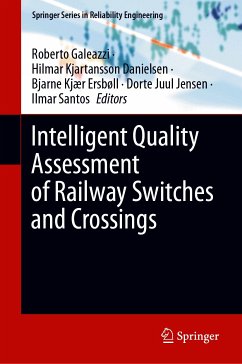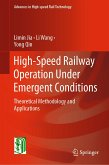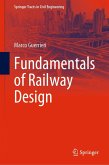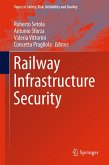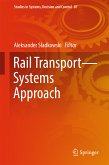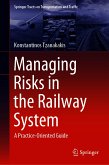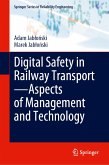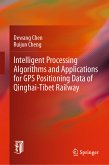The book is divided into three distinct parts. Part I discusses the modelling of railway infrastructure, including switch and crossing systems, while Part II focuses on metallurgical characterization. This includes the microstructure of in-field loaded railway steel and an analysis of rail screw failures. In turn, the third and final part discusses condition monitoring and asset management.
Given its scope, the book is of interest to both academics and industrial practitioners, helping them learn about the various challenges characterizing this engineering domain and the latest solutions to properly address them.
Dieser Download kann aus rechtlichen Gründen nur mit Rechnungsadresse in A, B, BG, CY, CZ, D, DK, EW, E, FIN, F, GR, HR, H, IRL, I, LT, L, LR, M, NL, PL, P, R, S, SLO, SK ausgeliefert werden.

